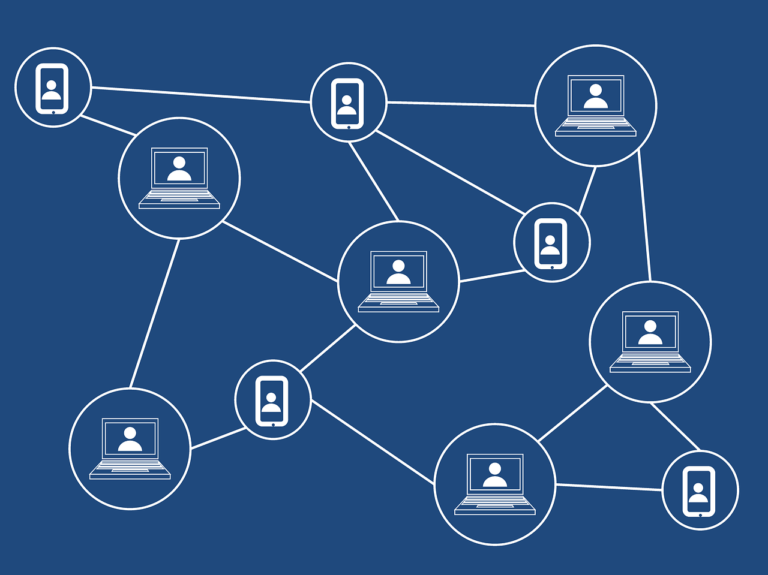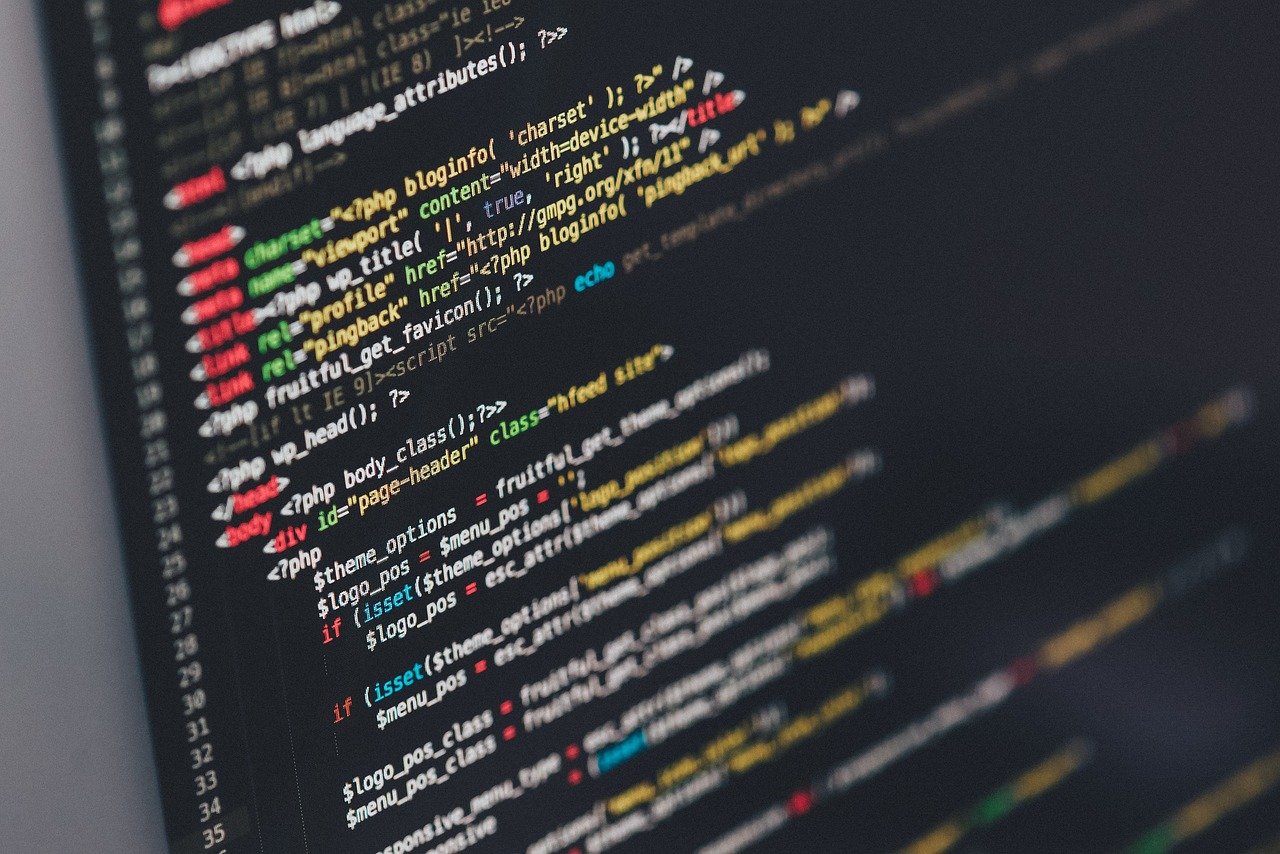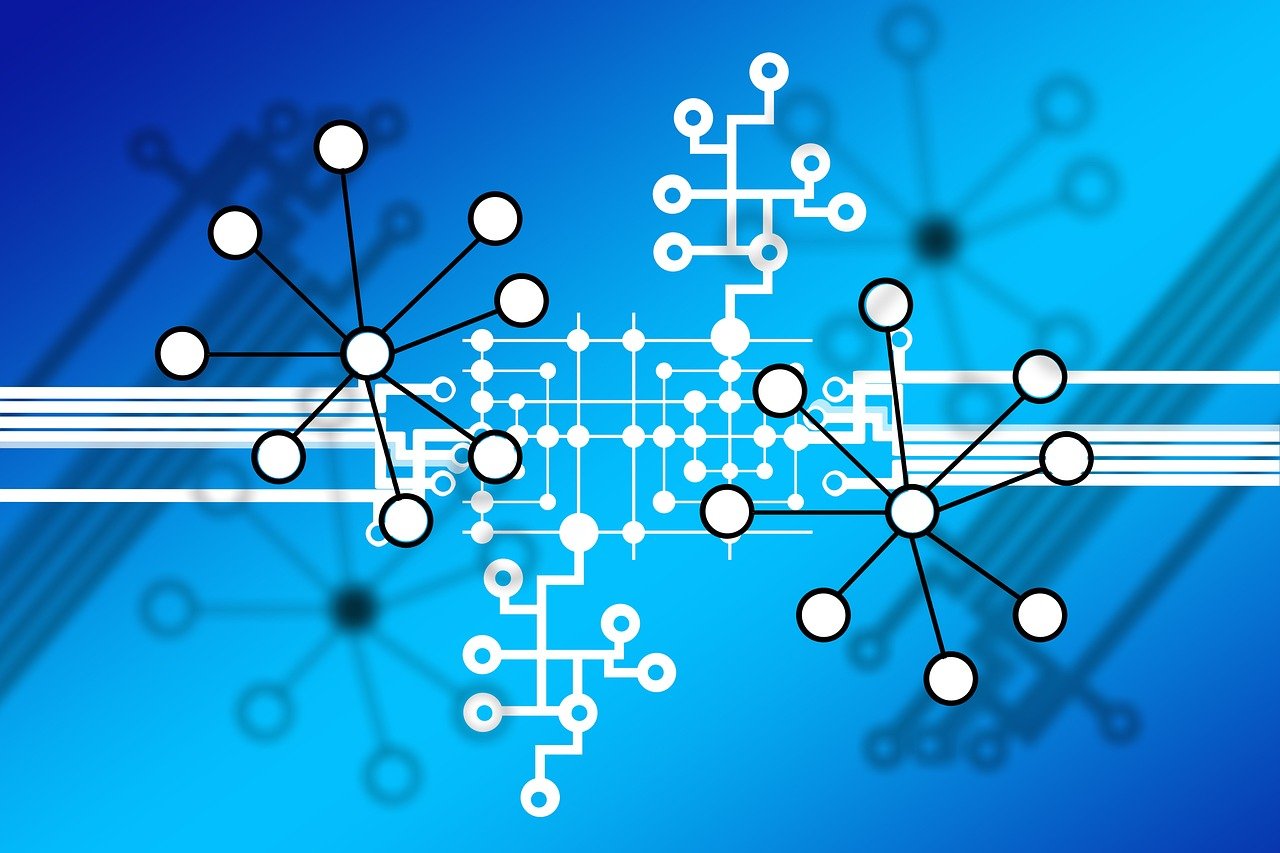
2 Interesting facts about Blockchain
(a) Do you know that work on Blockchain started in 1991. Yes, in 1991, Stuart Haber and
W. Scott Stornetta worked on cryptographically secured chain of blocks whereby no one
could tamper with the timestamps of documents.
(b) The single biggest advantage of Blockchain is that it provides a ‘Tamper Proof
Database’.
That’s, once you store some data on Blockchain, it’s very hard (but not impossible) for
someone to tamper that data.
The world of Blockchain
Imagine a world where transparency, security, and decentralization reign supreme,
where transactions are tamper-proof, and trust is inherent. This visionary realm is made
possible through the remarkable technology known as blockchain.
As we embark on a journey to unravel the intricacies of this groundbreaking innovation,
let’s delve into its fascinating aspects, remarkable history, how it works, its prominent
features, advantages, and its potential future applications.
What is Blockchain:
At its core, blockchain is a distributed ledger technology that securely records
transactions across multiple computers or nodes.
It ensures transparency, immutability, and trust by creating a chain of blocks containing
encrypted data, verified by network participants, and maintained collectively.
Blockchain is a distributed ledger that serves as a transparent, traceable, and
unforgeable system of record.
The information on the ledger is shared and continually reconciled and therefore is
immutable and correct by design.
Blockchains are a new type of database and provide a single shared source of truth,
which is visible to anyone and yet protected from tampering and revision.

Analogy for Blockchain system
Suppose you have physical copy of your bank passbook. So, this passbook contains
multiple pages & on each page, your bank transactions are printed. Also, at the end,
final account balance is also printed.
Now, you can make photostat copy of this passbook and give to your family members.
So initially, everyone will have same data/copy of original passbook.
In case, someone tries to modify a transaction (Or tries to add a transaction, in
between) than he has recalculate & modify subsequent transactions.
Also, these modified transactions (say tampered data) will be reflected only in his copy.
Other family members will object as in their photostat copy, this modification will not be
there. And hence, this tampered data can be caught very easily.
Similarly, if you are owner of a land than the landownership certificate is maintained by
you & say the city council.
Only 2 parties. This is an example of centralized database. Here, in case, someone at
city council changes/modifies that certificate, it will be very difficult for you to prove that
land indeed belongs to you.
Now, suppose, the land ownership certificate (copy of that) is maintained by 10 other
parties. For simplicity’s sake, let’s assume that both you & city council trust these
parties and are ok to involve these parties for this certificate.
In case, someone at city council modifies that certificate, you can take help of those 10
parties and prove that someone at city council had modified the certificate.
Something similar also happens in Blockchain system & hence, it is very difficult to
tamper data there.
Blockchain Technology:
These are the key properties of blockchain technology.
i. Immutability: Blockchain technology provides an immutable ledger where
once a transaction is recorded, it becomes nearly impossible to alter or
manipulate the data. This revolutionary feature ensures an unparalleled level
of security and trust.
ii. Decentralization: Unlike traditional centralized systems, blockchain operates
on a decentralized network, distributing control and eliminating the need for
intermediaries. This democratic approach empowers individuals and fosters a
transparent ecosystem.
Note that cryptocurrency & Smart Contract are use-cases/application of
Blockchain.
History of Blockchain Technology:
Though work on Blockchain started in 1991 but it gained prominence in 2008.
In 2008, an enigmatic figure known as Satoshi Nakamoto published the Bitcoin
whitepaper, introducing the world to the concept of a decentralized digital currency.
In 2009, the first block of the Bitcoin blockchain, known as the Genesis Block, was
mined.
Over time, blockchain technology evolved, gaining recognition and attracting the
interest of tech enthusiasts, visionaries, and enterprises worldwide.
Noteworthy milestones include the emergence of Ethereum in 2015, introducing smart
contracts, and the subsequent proliferation of various blockchain projects aiming to
revolutionize industries.

What is Blockchain Technology and How Does it Work?
Blockchain operates through a consensus mechanism, typically achieved through proof-
of-work or proof-of-stake algorithms.
Blockchain can be thought of as a public ledger system that records transactions from
different parties in a permanent, anonymous, and secure way
Many times, data is stored & maintained by a central system. Someone having access
to that central system, can always tamper with data.
In Blockchain, data is encrypted & stored, shared across various nodes. It’s a time-
stamped growing database.
Various cryptographic algorithms, measures are taken to securely store transaction from
being tampered.
It’s very difficult for someone to decrypt the data & change it across nodes,
simultaneously. If data is tampered/changed only on a node, other nodes will reject that
data & that that node may be moved, out of network.
Even a single change in the linked blocks results in the collapse of the hash link, and
the chain is broken and is rejected by the network.
When a transaction occurs, it is bundled with other transactions into a block. Miners or
validators compete to solve complex mathematical puzzles to validate and append the
block to the existing chain. Once validated, the block becomes a permanent part of the
blockchain, and the transaction is complete.
Generally, Bitcoin and blockchain are seen as the same, but actually, Bitcoin operates
on the technology of blockchain.
You can read more about the details about the working of Blockchain technology in my earlier post 👇
Key parts of Blockchain:
Blockchain has basically three parts.
1. Information part – the information of the executed transaction
2. Hash– unique ID
3. Previous hash– hash of the previous block
Every blockchain contains the hash of the previous block. Therefore, it is not possible
for anyone to tamper with the data.
If a person wants to change it, that person needs to change each and every hash of a
blockchain which is practically impossible; therefore, the data in the blockchain cannot
be tampered.
How traceability is maintained with Blockchain
Till now, we discussed that once a record is inserted into blockchain, that record can’t
be modified.
So, taking our land record example, what will happen, in case I actually sell my land to
another person John.
Now, another new record for John will be created. Also, data related to provenance will
be maintained.
Provenance (from the French provenir, ‘to come from/forth’) is the chronology
of the ownership, custody or location of a historical object.
The primary purpose of tracing the provenance of an object or entity is normally to provide
contextual and circumstantial evidence for its original production or discovery, by
establishing as far as practicable, its later history, especially the sequences of its formal ownership, custody and places od storage.
So, with help of original record (which tells that I am the owner of the record) +
Provenance data (which tells that Land was sold to John), it can be established that now John is the current owner of the land.
Key characteristic of a database:
For any database, 3 things are considered.
1. Scalability
2. Security
3. Speed
Let’s take an example here.
When you are buying some grocery item, you can pay by Credit Card or Phone (UPI
etc.).
Here you expect that your transaction should happen very fast. If it takes even some
seconds, you get irritated.
Also, in that grocery shop, lot of buy (big volume) transaction must be happening. So, all
those transactions should happen very fast for all the customers. Here, though security
is important but in case of any wrong transaction, shop keeper & buyer can settle that.
So, in these transactions, Speed & Scalability takes more priority than security.
But if we go back on our land record certificate example, here ‘Security’ is of upmost
importance.
Even if certificate data update takes time, you will be ok with that, Also, not many
purchase/sale transaction of land record happens. So, scalability is not a key
consideration.
Blockchain is best suited for this type of transaction.
On similar note, Blockchain is not good for high volume transaction, low value (
purchase & sale transaction at grocery).
Key Features of Blockchain:
i. Security: Blockchain employs cryptographic techniques to secure transactions and
data, making it highly resistant to hacking and fraud.
ii. Transparency: The transparent nature of blockchain allows participants to view and
verify transactions, promoting trust and accountability.
iii. Decentralization: The decentralized architecture of blockchain eliminates the need
for intermediaries, reducing costs and enhancing efficiency.

Advantages of Blockchain Technology:
i. Enhanced Security: Blockchain’s tamper-resistant design ensures secure and
trustworthy transactions, protecting against fraud and unauthorized access.
ii. Enhanced Efficiency: By eliminating intermediaries and streamlining processes,
blockchain can significantly enhance operational efficiency.
iii. Trust and Transparency: The transparent and immutable nature of blockchain
fosters trust among participants and allows for real-time auditing and verification.
Other Related Technologies:
To fully comprehend blockchain technology, it is essential to be aware of related
concepts such as distributed ledger technology (DLT), cryptocurrency (Bitcoin etc,) smart contracts, and consensus
mechanisms like proof-of-stake (PoS) and proof-of-authority (PoA).
You can read about cryptocurrency in my earlier post 👇
What is cryptocurrency? Beginners Guide for Digital Currency
What Blockchain Technology Doesn’t Contain:
Blockchain technology is not a panacea for all problems.
It does not inherently possess infinite scalability, as large-scale adoption may lead to performance challenges.
Additionally, it does not address privacy concerns unless combined with appropriate
encryption techniques or additional privacy-focused layers.
When you should not use Blockchain Technology:
Once a data is put into Blockchain, that data can’t be modified/altered. You need to a
new record which should nullify the effect of previous record.
Taking from our earlier example, if there is a landownership certificate, which belong to
me and now If I am selling that land to another person, say John than a new record
should be put with all the parties (city council, 10 other parties ..), stating that now land
belongs to John.
Only after this data is updated with all parties (node), it will show that now land belongs
to John.
So, blockchain may not be the optimal solution in cases where a centralized database is
sufficient, transaction speed is crucial, or data privacy must be strictly maintained.
So, only where data either doesn’t get modified or doesn’t get modified frequently, only
for those cases, blockchain should be used.
So, it’s good to maintain citizen’s data (Date of Birth, School Certificate), Driving License
certificate, Land ownership details, High value & low volume transactions.
But blockchain is not good for low value, high volume transaction. That’s, blockchain
should not be used for day-to-day payment transactions.
On similar note, using blockchain in a stock exchange can be very costly. Reason being, lot
of stock are bought/sold every minute, when stock market is open. Inserting all that data
in blockchain will take lot of time and overall TCO (Total cost of ownership) will be very
high.
Use Cases of Blockchain Technology:
i. High value, Low Volume Trade Transaction: In high value trade transaction, there
are many parties involved. Buyer, Seller, Transport agency, Insurance Agency etc.
Especially in case of export-import, different parties don’t know each other. So, they go
to bank to issue Documentary Credit etc.
Here Blockchain can provide a platform, where data on underlying platform (
Blockchain) provides trust.
It provides transparency & traceability.
ii. Digital Identity Management: Blockchain can enable individuals to take control of
their digital identities, ensuring privacy, security, and seamless verification across
various platforms.
iii. Voting Systems: Blockchain has the potential to transform voting systems by
providing secure, transparent, and tamper-proof records, ensuring fair and trustworthy
elections.
Companies Using Blockchain:
i. IBM: IBM has been actively exploring blockchain technology, offering solutions like
IBM Blockchain Platform that cater to various industries such as finance, supply chain,
and healthcare.
ii. Ripple: Ripple is a prominent company leveraging blockchain technology for cross-
border payments, providing faster and more cost-effective transactions.
iii. ConsenSys: ConsenSys is a blockchain software technology company that
develops decentralized applications, focusing on Ethereum-based solutions.
Note that, this is not an exhaustive list. Now, almost all major
companies like NVIDIA, Microsoft, PayPal, Google, Meta etc. are
involved in Blockchain.
Industries Using Blockchain:
I. Finance: Blockchain has disrupted the financial industry by enabling secure and
efficient cross-border payments, facilitating decentralized lending and borrowing
platforms, and revolutionizing asset tokenization.
II. Government: Blockchain is helping various governments across the globe to
maintain citizen’s records.
III. Healthcare: Blockchain technology is being explored to securely store and share
patient data, streamline medical records, and ensure the integrity of
pharmaceutical supply chains.
Industries with Potential Blockchain Applications:
Various industries, including logistics, real estate, energy, and education, can benefit
from blockchain technology.
By enhancing transparency, reducing intermediaries, and
optimizing processes, blockchain has the potential to revolutionize these sectors.
Apart from that with Blockchain is also getting explored to store the ownership record of
high value painting or other high value gadgets.
The Future of Blockchain Technology:
As blockchain technology continues to mature, we can expect increased scalability,
interoperability, and integration with emerging technologies like artificial intelligence and
the Internet of Things.
From revolutionizing financial systems to transforming governance structures,
blockchain holds immense potential to reshape industries and society at large.
Conclusion:
Blockchain technology has emerged as a game-changer, offering unprecedented levels
of security, transparency, and decentralization.
Its ability to foster trust and eliminate intermediaries has the potential to transform industries and empower individuals.
As we stand on the cusp of a blockchain revolution, it is crucial to explore its
possibilities, harness its advantages, and prepare for the exciting future it promises to
unveil.

